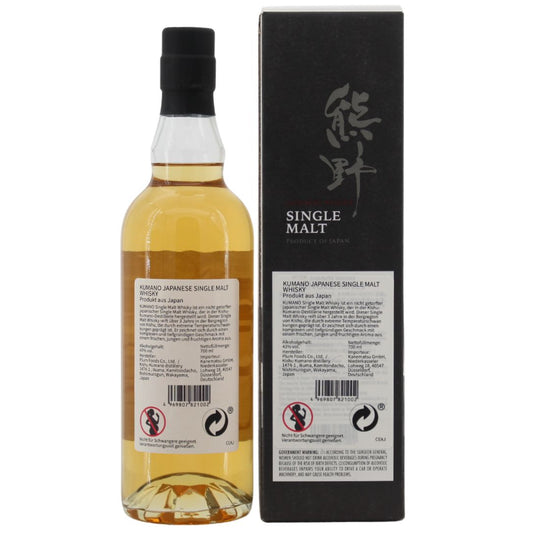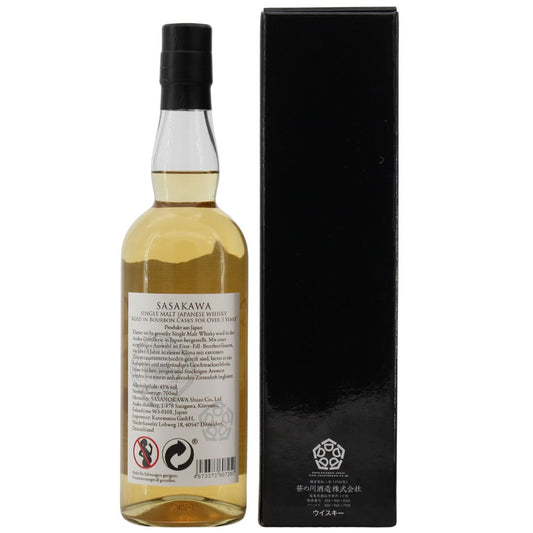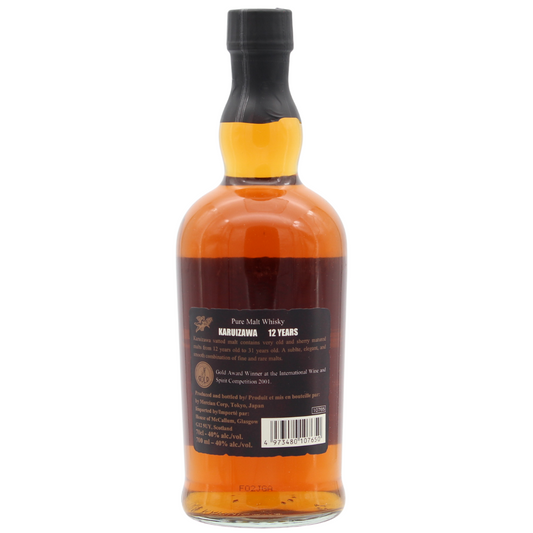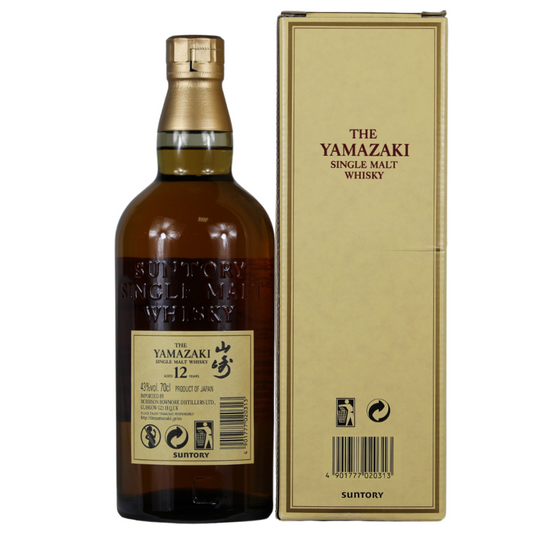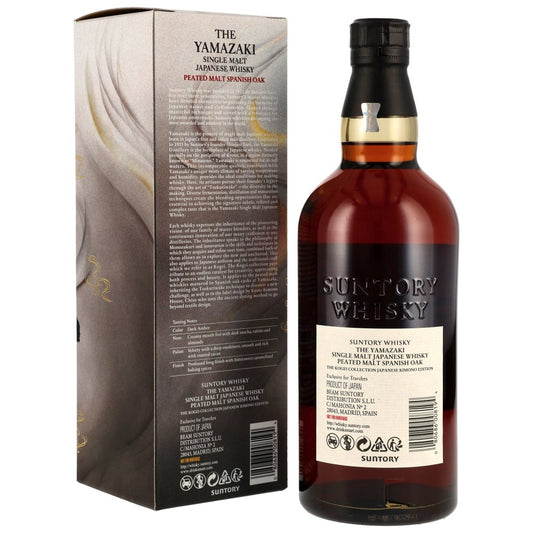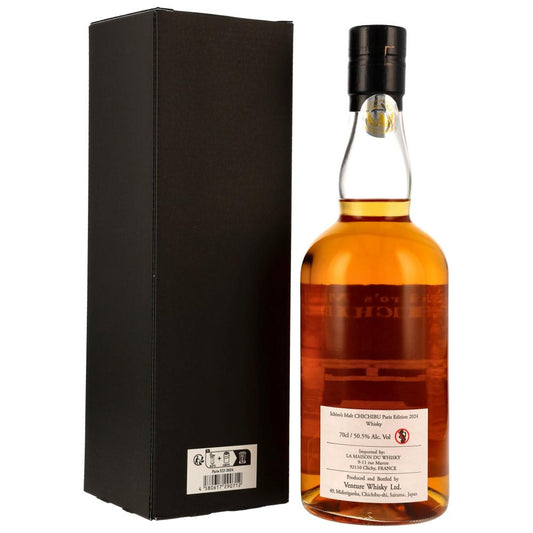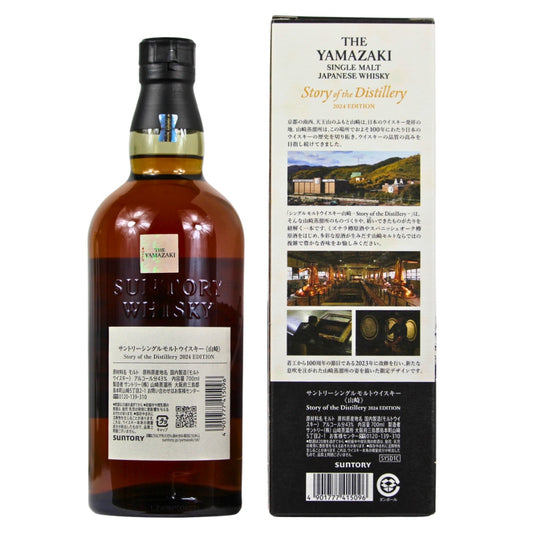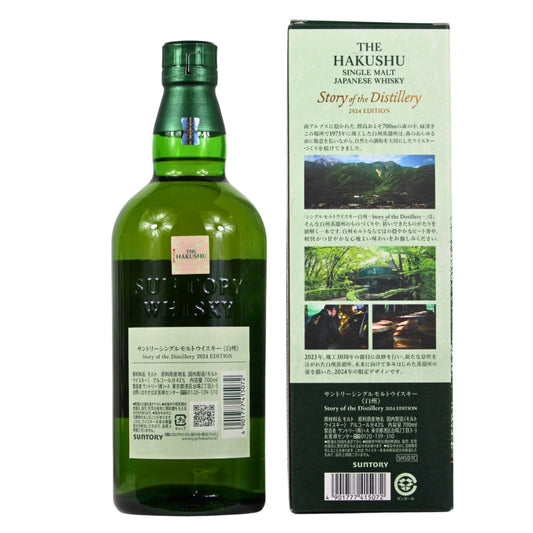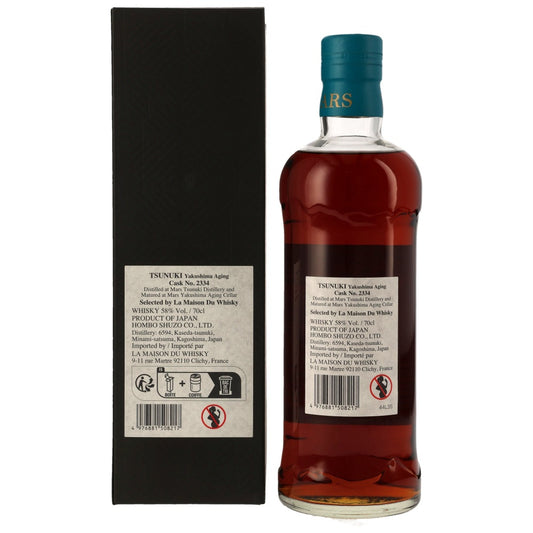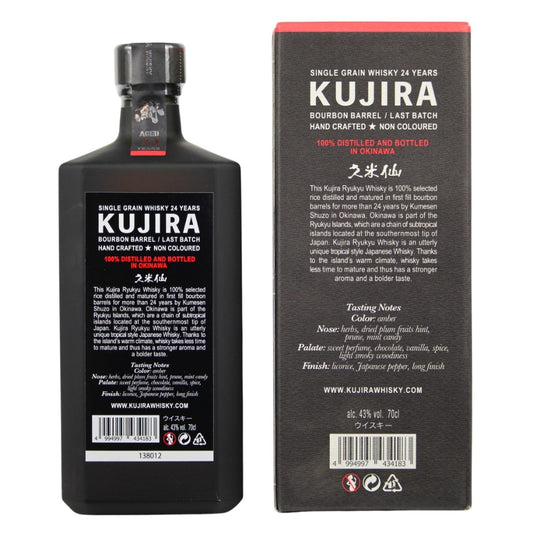Everything you need to know about Japanese whisky
Japanese whisky has gained international recognition and particular interest in recent decades. Its unique balance of tradition, innovation, and exceptional quality has made it a fixture in the world of whisky. But what exactly makes Japanese whisky so special? Where does it come from, and how is it produced?
Below, you'll learn more about the history of Japanese whisky, the most famous distilleries, the different styles, and the production processes. Whether you're a beginner or an experienced whisky lover, here you'll find the essential information you need to explore the world of Japanese whisky.
The history of Japanese whisky
Japanese whisky has a relatively short but extremely impressive history. Its roots lie in the early 20th century, when the art of whiskymaking came to Japan from Scotland.
The beginnings in the 1920s
The story begins with two names now known as the fathers of Japanese whisky: Shinjiro Torii and Masataka Taketsuru. Torii, the founder of Suntory, wanted to create a whisky tailored to the tastes of the Japanese population. To achieve this, he recruited Taketsuru, who had studied the craft of whisky in Scotland. Taketsuru brought with him a profound knowledge of Scottish distilling and played a pivotal role in the establishment of Japan's first whisky distillery—the Yamazaki Distillery—in 1924.
The rise to the top of the world
For a long time, Japanese whisky was primarily popular locally, but in the 2000s, its international fame began. In 2003, the "Yamazaki 12 Years" won a prestigious blind tasting, and in 2014, whisky critic Jim Murray declared the "Yamazaki Single Malt Sherry Cask 2013" the best whisky in the world. Since then, Japanese whisky has received numerous international awards, cementing its position as a leader in the industry.
Famous distilleries in Japan
Japan is home to several well-known and highly respected whisky distilleries. Here are some of the most important:
1.Yamazaki
The Yamazaki distillery is the oldest in Japan. Located near Kyoto, it is operated by Suntory. The whisky produced here is influenced by the region's mild climate and pure water sources, offering a balanced flavor experience.
2.Nikka (Yoichi and Miyagikyo)
Masataka Taketsuru foundedNikkaafter leaving Suntory. Nikka operates two main distilleries:
- Yoichiin Hokkaido, which is known for its smoky, peaty style.
- Miyagikyoin a remote region of Miyagi that produces fruitier and lighter whiskies.
3.Hakushu
Hakushu is another Suntory distillery located deep in the forests of the Japanese Alps. The whiskies here are characterized by their fresh, herbal notes.
4.Chichibu
Chichibu was only founded in 2008, but has already earned an excellent reputation. It is a small, independent distillery known for experimental and innovative whiskies.

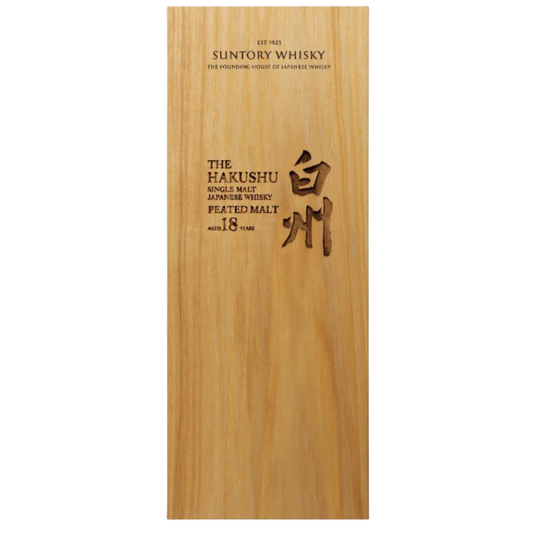
 Shipping in 3 days
Shipping in 3 days


 Shipping in 3 days
Shipping in 3 days








